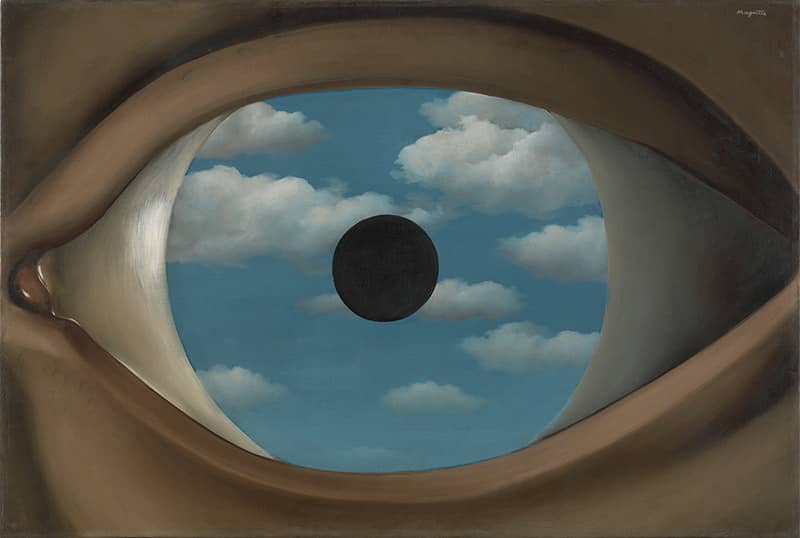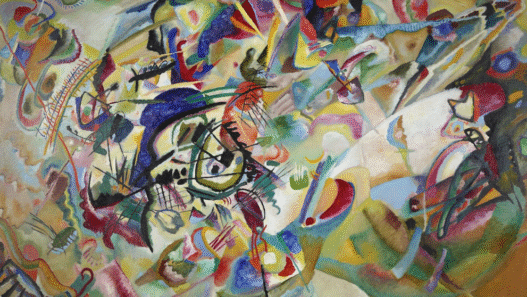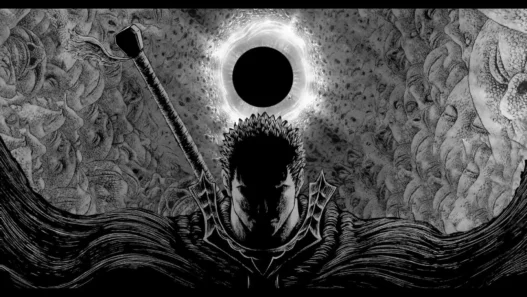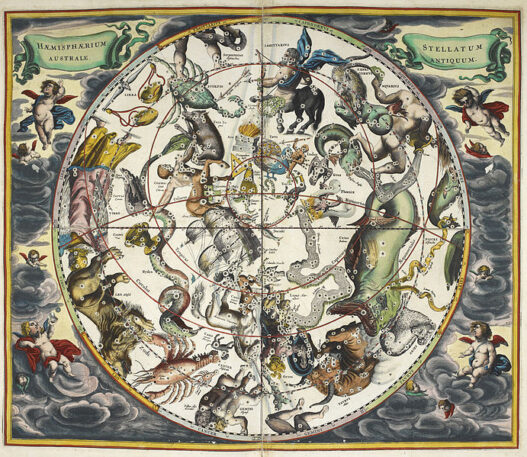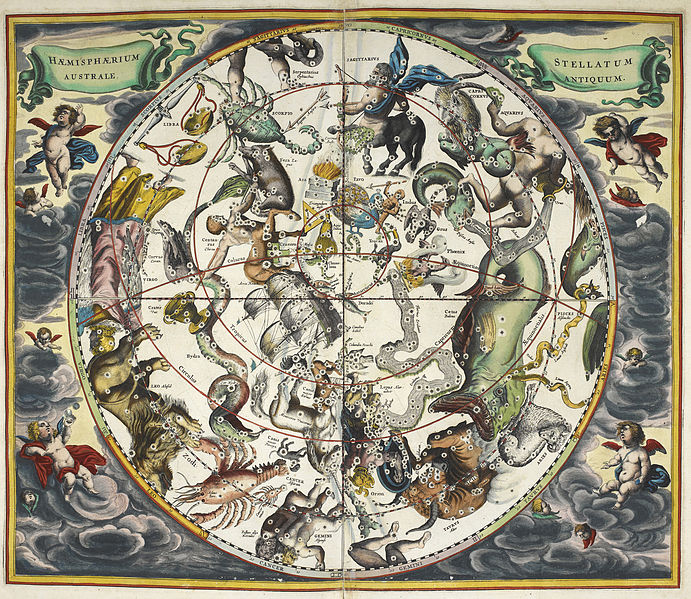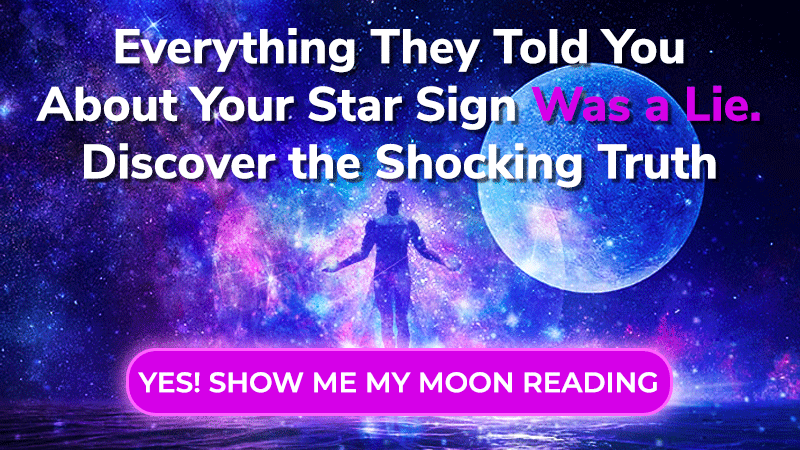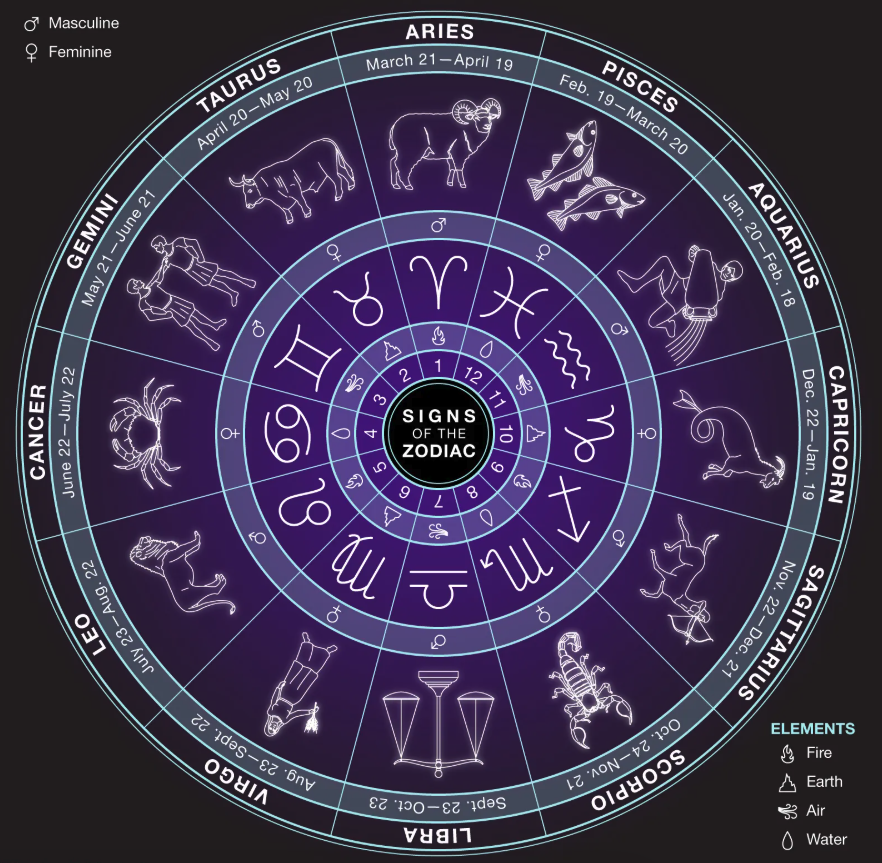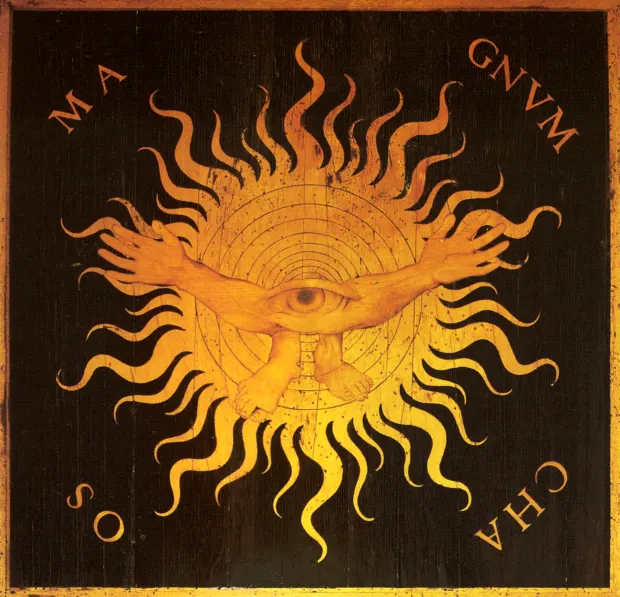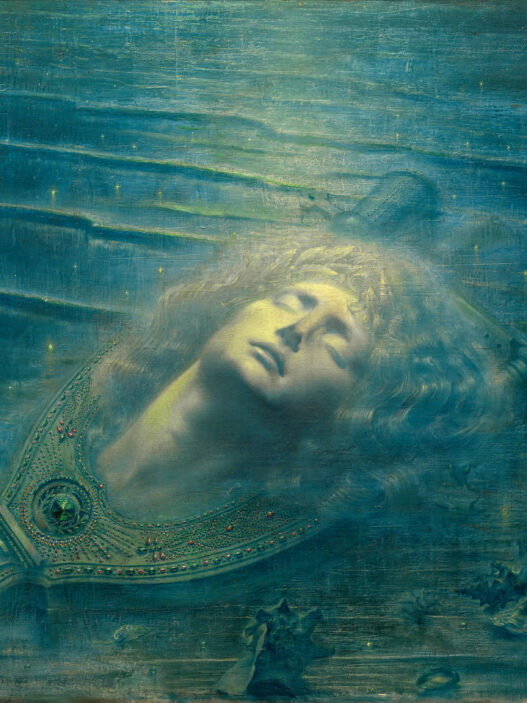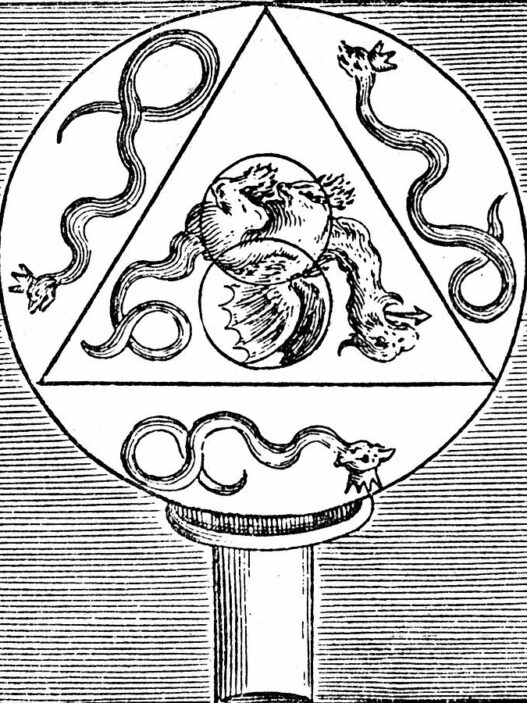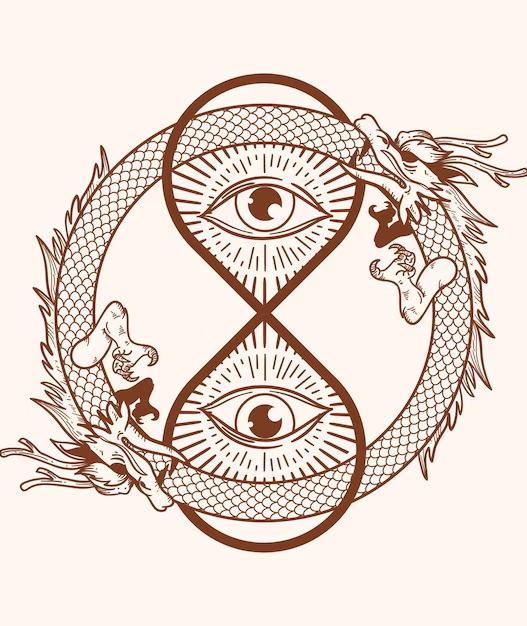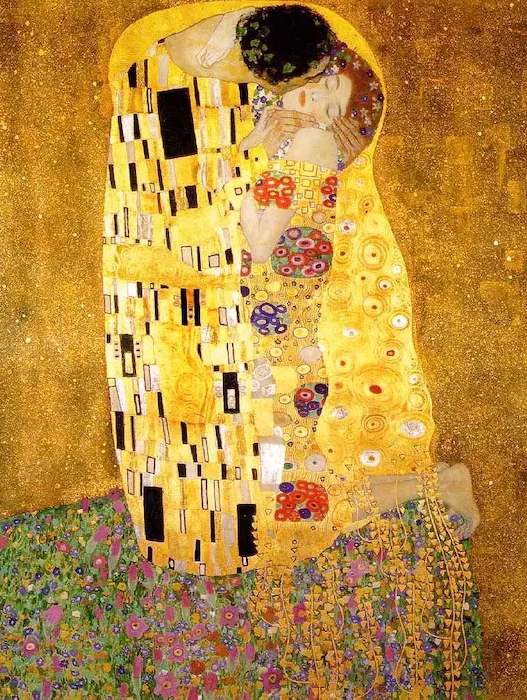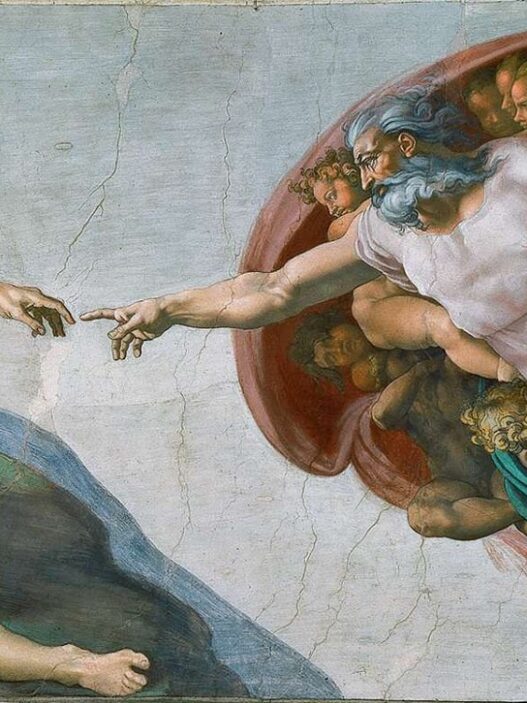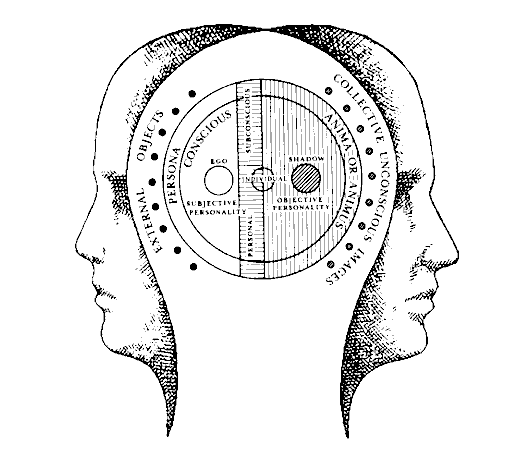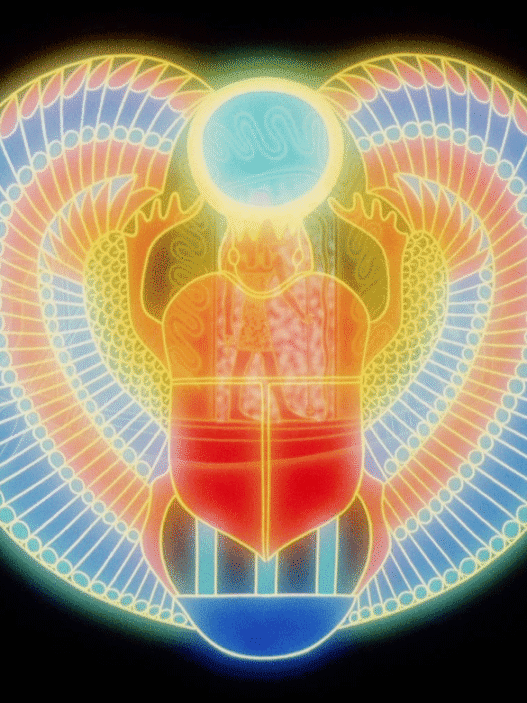Astrology has captivated humanity for millennia. I still recall those clear summer nights sitting on a field staring at the sky, finding the constellations overhead and wondering how each star sign might shape a story. That simple wonder of exploring the symbolism and mythology of the zodiac led me down a path of exploring horoscope meanings and diving into my birth chart, discovering a world where mythology, symbolism and celestial patterns intertwine.
The zodiac’s origins in ancient Mesopotamia and Egypt are still lively points of discussion and continues to spark curiosity and guide us toward profound self‑reflection.
Astrology vs Astronomy: What’s the Real Difference?
Astronomy is science, not glorified art with symbols. Think of telescopes, stars, black holes, and facts.
Astrology is story. Imagery of the zodiac signs, birth charts, and cosmic vibes should spring to mind.
One maps the universe; the other maps your mood. Basically, astronomy explains what’s out there, and astrology tells you Mercury’s why you’re having a weird week.
"Perhaps there is a pattern set up in the heavens for one who desires to see it, and having seen it, to find one in himself" - Plato
Are Astrology Signs Real?
The twelve zodiac signs represent archetypal energies first organised by Babylonian astronomers in the 5th century BCE, then richly overlaid with Greek myths. Early astrologers didn’t just chart the stars, they created stories around them.
For example, Leo the Lion recalls Hercules’ Nemean Lion, while Aries evokes the Golden Fleece’s bold ram. Each sign thus reflects not only celestial positions but the mythic figures ancient civilisations saw in the heavens.
The Symbolism and Mythology of the Zodiac is a fascinating lens through which to view astrology, not just as a system of prediction, but as a tapestry of stories passed down through cultures.
The question “Are astrology signs real?” often comes from sceptics and is a fair one.
Yes, the constellations are there in the night sky, but any direct influence on our personalities is a matter of tradition and belief rather than empirical science. Think of star signs as symbolic maps: tools for storytelling and self‑exploration, drawing on archetypal myths rather than serving as strict scientific fact. If you’re wondering just how much truth there is to it all, How Accurate Are Zodiac Signs? Here’s What Science Says takes a closer look.
What Is My Star Sign?
Your star sign (or sun sign) is determined by the position of the Sun at the moment you were born. It represents the core qualities you express in daily life. To find out what your star sign is, simply look up the date ranges below:
| Star Sign | Date Range |
|---|---|
| Aries | 21 Mar – 19 Apr |
| Taurus | 20 Apr – 20 May |
| Gemini | 21 May – 20 Jun |
| Cancer | 21 Jun – 22 Jul |
| Leo | 23 Jul – 22 Aug |
| Virgo | 23 Aug – 22 Sep |
| Libra | 23 Sep – 22 Oct |
| Scorpio | 23 Oct – 21 Nov |
| Sagittarius | 22 Nov – 21 Dec |
| Capricorn | 22 Dec – 19 Jan |
| Aquarius | 20 Jan – 18 Feb |
| Pisces | 19 Feb – 20 Mar |
Why Astrology Is Not a Science
Lack of Falsifiable Hypotheses
True sciences propose theories that can be tested and potentially disproven. Astrology’s core claims things such as “Mercury in retrograde causes communication breakdowns” aren’t structured so they can be rigorously falsified under controlled conditions.No Rigorous Experimental Support
While astronomy uses telescopes and precise measurements to map the cosmos, astrology relies on centuries‑old traditions and anecdotal observations. Large‑scale statistical studies have consistently failed to show that star sign predictions outperform random chance.Inconsistent Methodologies
Ask two astrologers “What is my star sign’s effect on career success?” and you’ll likely get different answers. Scientific disciplines demand reproducibility; astrology lacks this standardisation.
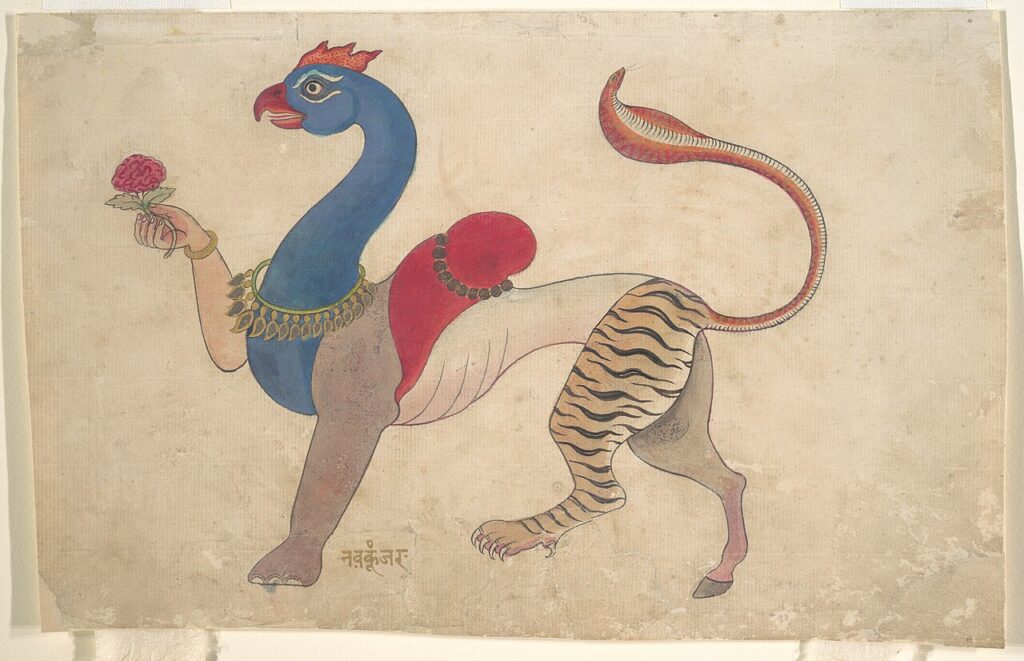
Who Invented Astrology in India?
Origins & Early Sages
Vedic astrology stretches back over 3,000 years to the Rigveda, where celestial observations first appear as omens and ritual guides. However, it was the sage Parashara who systematised these teachings around 1,000 BCE in his Brihat Parashara Hora Shastra, laying out the fundamentals of planetary influences and chart interpretation.Varahamihira’s Golden Age
Fast‑forward to the 6th century CE, and the polymath Varahamihira composed the Brihat Saṃhitā, an encyclopaedia of astrological, meteorological and symbolic lore. His work refined predictive techniques and cemented Jyotisha’s role in Indian science and ritual.
Mythical Beings of Indian Lore
Indian mythology teems with extraordinary creatures that embody divine power and cosmic forces. Among the most celebrated is Garuda, the mighty eagle‑mount of Vishnu whose wingspan cleaves the heavens.
Nāgas, half‑human, half‑serpent guardians, slither between earth and water, while Rakshasas, the shape‑shifting demon that tests heroes with their fearsome might.
Equally compelling are Kīrtimukha, the roaring lion‑face born from Shiva’s own energy; Gandharvas, the celestial minstrels whose music bridges gods and mortals; and the Vanaras, the devoted monkey‑warriors who aided Rama in the Ramayana’s epic struggle.
Nakshatras (Lunar Mansions)
Unlike Western astrology’s emphasis on the Sun, Jyotiṣa places the Moon at centre stage, mapping its journey through 27 nakshatras star clusters steeped in legend. Take Aśvinī, the swift, twin‑headed horsefolk who herald dawn’s healing light, or Mṛgaśīrṣa, the deer‑headed guardians of the forest. Each nakshatra carries its own set of deities, symbols and stories that colour our emotional landscape.
Rāśis (Zodiac Signs)
The twelve rāśis align broadly with their Western counterparts but resonate with uniquely Vedic meanings. Mesha (Aries) recalls the sacrificial ram of ancient rites; Vr̥ṣabha (Taurus) channels the earth’s steadfast strength; Siṃha (Leo) radiates the sun‑king’s regal authority; and so on through to Mīna (Pisces), whose twin fish swim the depths of collective consciousness. Each rāśi fuses astral position with centuries of mythic symbolism.
Nakshatras (Lunar Mansions)
Rāśis (Zodiac Signs)
Dashā Systems
Yet despite its depth, Vedic Astrology is often misunderstood or dismissed due to modern scepticism and misinformation. In this article, we’ll explore and debunk the most common Vedic Astrology myths and shed light on its true purpose.
What Are the Most Common Myths About Vedic Astrology?
Vedic Astrology, also known as Jyotish Shastra or Lunar Astrology, is one of the oldest astrological systems in the world. Rooted in the Vedas, this ancient science offers guidance on life’s journey from career and relationships to spiritual purpose.
Yet despite its depth, Vedic Astrology is often misunderstood or dismissed due to modern scepticism and misinformation. In this article, we’ll explore and debunk the most common Vedic Astrology myths and shed light on its true purpose.
